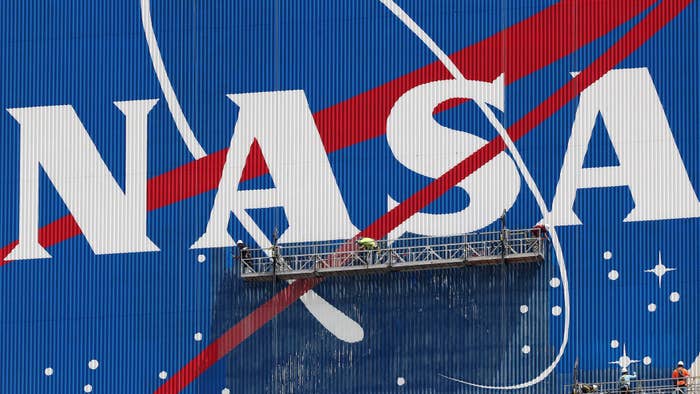
NASA is taking the “better safe than sorry” approach.
Earlier this week, the space agency kicked off a five-day “tabletop exercise” that simulates a hypothetical asteroid impact on Earth—a scenario that reportedly remains very unlikely at this point. The exercise, which is being lead by Center for Near Earth Object Studies, aims to test how experts and agencies across the world would respond to a potential killer-asteroid situation.
“Each time we participate in an exercise of this nature, we learn more about who the key players are in a disaster event, and who needs to know what information, and when,” Lindley Johnson, NASA’s Planetary Defense Officer, said. “These exercises ultimately help the planetary defense community communicate with each other and with our governments to ensure we are all coordinated should a potential impact threat be identified in the future.”
The exercise took place during the United Nations’ 7th IAA Planetary Defense Conference in cooperation with NASA and the European Space Agency. The participants “discovered” a potentially dangerous near-Earth object on April 19, about six months before its estimated impact. Throughout the following days, exercise leaders provided updated information about the fictitious scenario and tasked experts to offer possible responses.
“Hypothetical asteroid impact exercises provide opportunities for us to think about how we would respond in the event that a sizable asteroid is found to have a significant chance of impacting our planet,” CNEOS director Dr. Paul Chodas said, as reported by SpaceRef. “Details of the scenario — such as the probability of the asteroid impact, where and when the impact might occur — are released to participants in a series of steps over the days of the conference to simulate how a real situation might evolve.”
NASA is now gearing up for its Double Asteroid Redirection Test (DART) mission, which is said to be the first test of asteroid deflection technology. The agency plans to launch DART later this year on a SpaceX Falcon 9 rocket headed to the Didymos binary asteroid system. The goal is for the spacecraft to crash into one of the asteroids and change its orbital speed.
“The data returned after it impacts Dimorphos will help scientists better understand one way we might mitigate a potentially hazardous NEO discovered in the future,” Andrea Riley, program executive for DART at Nasa Headquarters, told the Independent. “While the asteroid DART impact poses no threat to Earth, it is in a perfect location for us to perform this test of the technology before it may actually be needed.”

